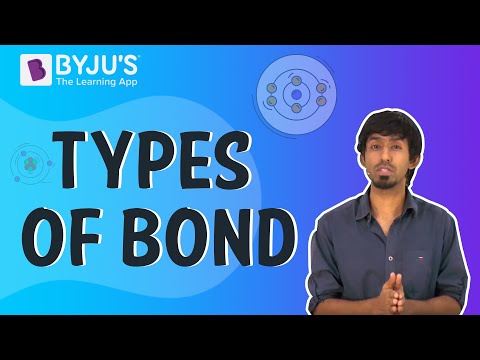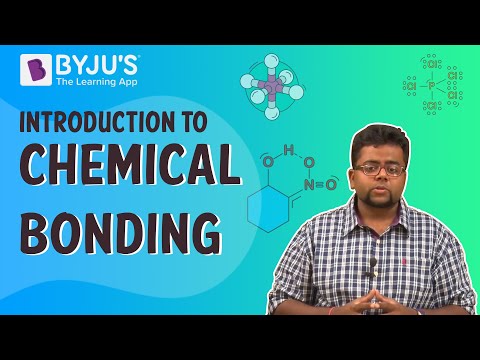The insight by Kossel about the mechanism of formation of electronegative and electropositive ions is interconnected with the process of attaining noble gas configuration by corresponding ions. They are stable due to the electrostatic attraction of allying ions. Hence gives rise to a concept called electrovalency.
What is Covalent Bonding?
Lewis was the first to provide a description of covalent bonding based on the electron pair between atoms. The importance of the Lewis dot symbol and Lewis Dot Structure are:
- Lewis dot symbol manifests the number of valence electrons of the atoms for given elements
- Lewis dot structure gives a pictorial representation of molecular bonding
For more information on Types of Bonds and Chemical Bonding, watch the below videos


Ionic Compound & Crystal Lattice
The crystal lattice is an ordered arrangement of an ionic compound which is pictured as a three-dimensional aggregation of negative and positive ions. There exists a charge balance between the negative and positive ions in a crystalline solid. The enthalpy of lattice formation stabilizes the crystal lattice.
For more information on Valence Bond Theory and Hydrogen Bonding, watch the below videos


Lone Pairs Of Electrons
A few atoms which are bonded have an extra pair of electrons which are not involved in bonding. Such electrons are called lone pairs of electrons. Lewis dot structure represents the arrangement of lone pairs and bonded pairs around each atom of a molecule.
| Also Access |
| NCERT Solutions for Class 11 Chemistry Chapter 4 |
| NCERT Exemplar for Class 11 Chemistry Chapter 4 |
Few Important Questions
- How is a chemical bond formed? Explain in detail.
- What is the Octet rule? Write its limitations and importance.
- Write the difference between a pi bond and a sigma bond.
- Explain polar covalent bonds with an example.
Explore more about this chapter and browse Chemical Bonding And Molecular Structure Class 11 Notes from BYJU’s!
Other Important Links:
| Ionic Bond | VSEPR Theory |
Frequently Asked Questions on CBSE Class 11 Chemistry Notes Chapter 4 Chemical Bonding and Molecular Structure
What does the valence bond theory state?
In valence bond theory, the atomic orbitals of individual atoms are combined to form chemical bonds.
What is the meaning of lone pair of electrons?
In chemistry, a lone pair refers to a pair of valence electrons that are not shared with another atom in a covalent bond and is sometimes called an unshared pair or non-bonding pair.
What is a hydrogen bond?
In hydrogen bonding, the interaction involves a hydrogen atom located between a pair of other atoms having a high affinity for electrons.
Comments